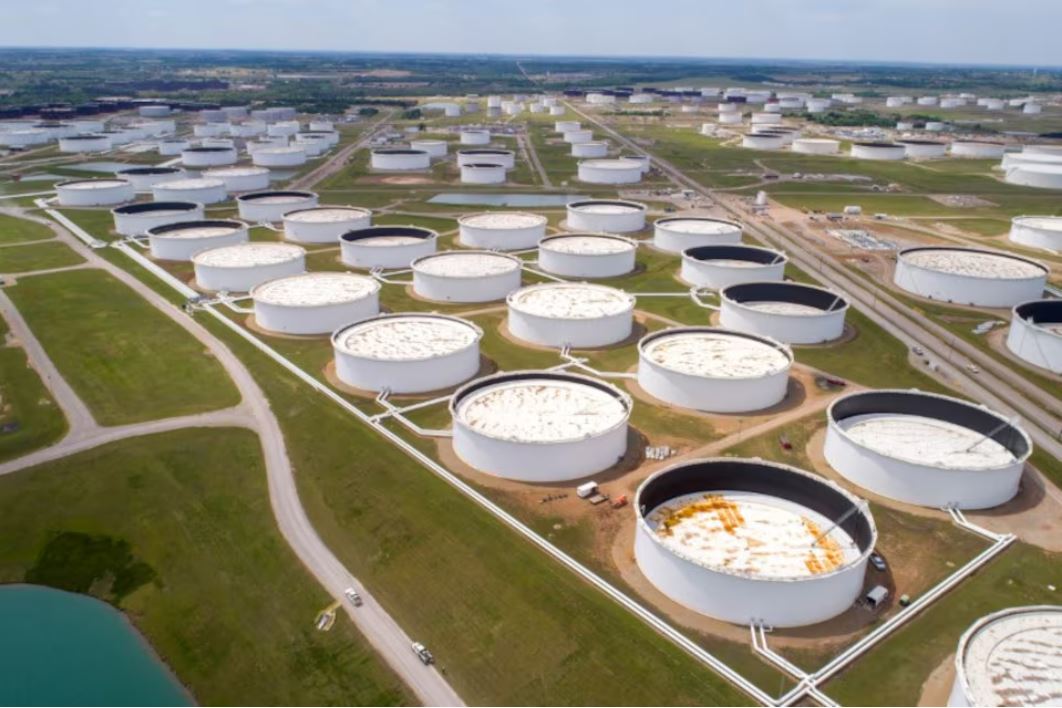Oil prices stabilised on Thursday following two consecutive days of increases, as mounting supply risks in the Middle East counterbalanced concerns about weakening demand. This stability comes after prices had dipped to their lowest levels since early 2024 earlier in the week. By 1100 GMT, Brent crude futures had fallen by 8 cents, or 0.1%, settling at USD 78.25 per barrel. In contrast, US West Texas Intermediate (WTI) crude saw a slight increase of 2 cents, or 0.03%, reaching USD 75.25 per barrel.
The previous day saw Brent crude rise by 2.4% and WTI by 2.8%, marking a rebound from a significant drop on Monday. On that day, Brent had closed at its lowest point since early January, while WTI hit levels last seen in early February.
Support for oil prices on Wednesday was driven by a significant 3.7 million barrel reduction in US crude inventories, which far exceeded the anticipated draw of 700,000 barrels. This marked the sixth consecutive weekly decline, bringing inventories to six-month lows. According to Panmure Liberum analyst Ashley Kelty, this drop indicated stronger-than-expected demand and tighter physical markets.
Despite these gains, Kelty noted that the crude markets still face challenges from weaker demand in China and the US, as well as potential additional supply from the OPEC+ coalition starting in the fourth quarter.
Prices also received support from escalating tensions in the Middle East and a force majeure declaration on production at Libya’s Sharara oilfield. The recent killing of senior members of militant groups Hamas and Hezbollah has heightened concerns about possible retaliatory actions by Iran, potentially impacting oil supply from the region.
Libya’s National Oil Corporation announced force majeure at Sharara on Tuesday, citing protests that led to a gradual reduction in the field’s output. Analysts at Citi suggested that oil prices could potentially bounce back to the low to mid- USD 80s for Brent, given ongoing market tightness, geopolitical risks, and possible weather-related disruptions during hurricane season.



